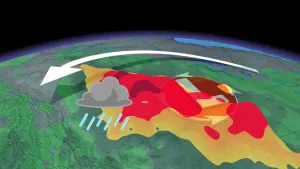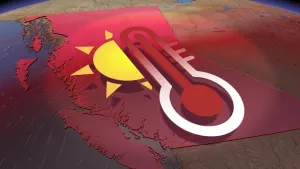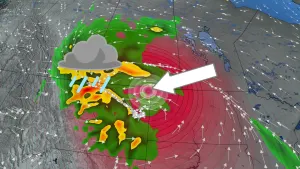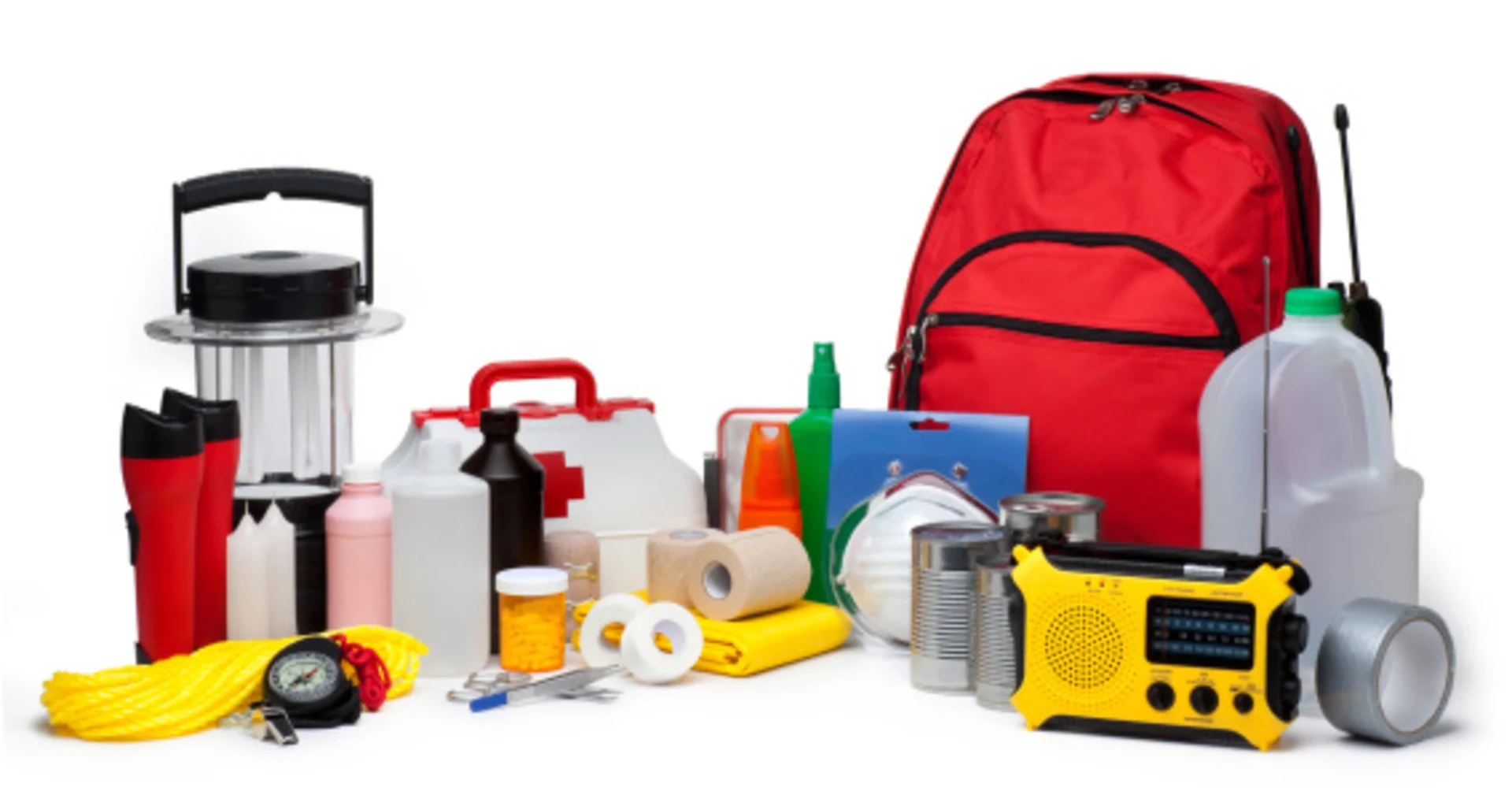
Emergency Preparedness Week shows Canadians how to be ready
With summer around the corner, it's a good time to update your emergency kits and plans.
You can never be too ready. Disasters can strike any time, anywhere in Canada.
Whether it's the deadly 1985 tornado outbreak in southern Ontario, including an F4-rated twister in Barrie that killed eight people, the 2016 Fort McMurray, Alta., wildfires or something as common as a power outage or car breaking down while on the road, you should always be prepared.
This is why there is Emergency Preparedness Week (EP Week), taking place May 7-13 this year, a Canada-wide initiative to increase awareness of individual and family preparedness.
As part of the annual safety awareness campaign, the Office of the Fire Marshal and Emergency Management Ontario OFMEM urges people to have updated emergency plans and kits in the event disaster strikes.
Aman Kainth, a public education and communications program specialist with OFMEM, told The Weather Network in 2019 that it’s critical to develop a plan with family, build an emergency kit and “stay in the know” before, during and after emergencies.
“Yes, there are seasonal hazards that indicate there is a little bit more of a risk at a certain time, as opposed to another certain time of the year, but you never know what’s going to take place,” said Kainth.
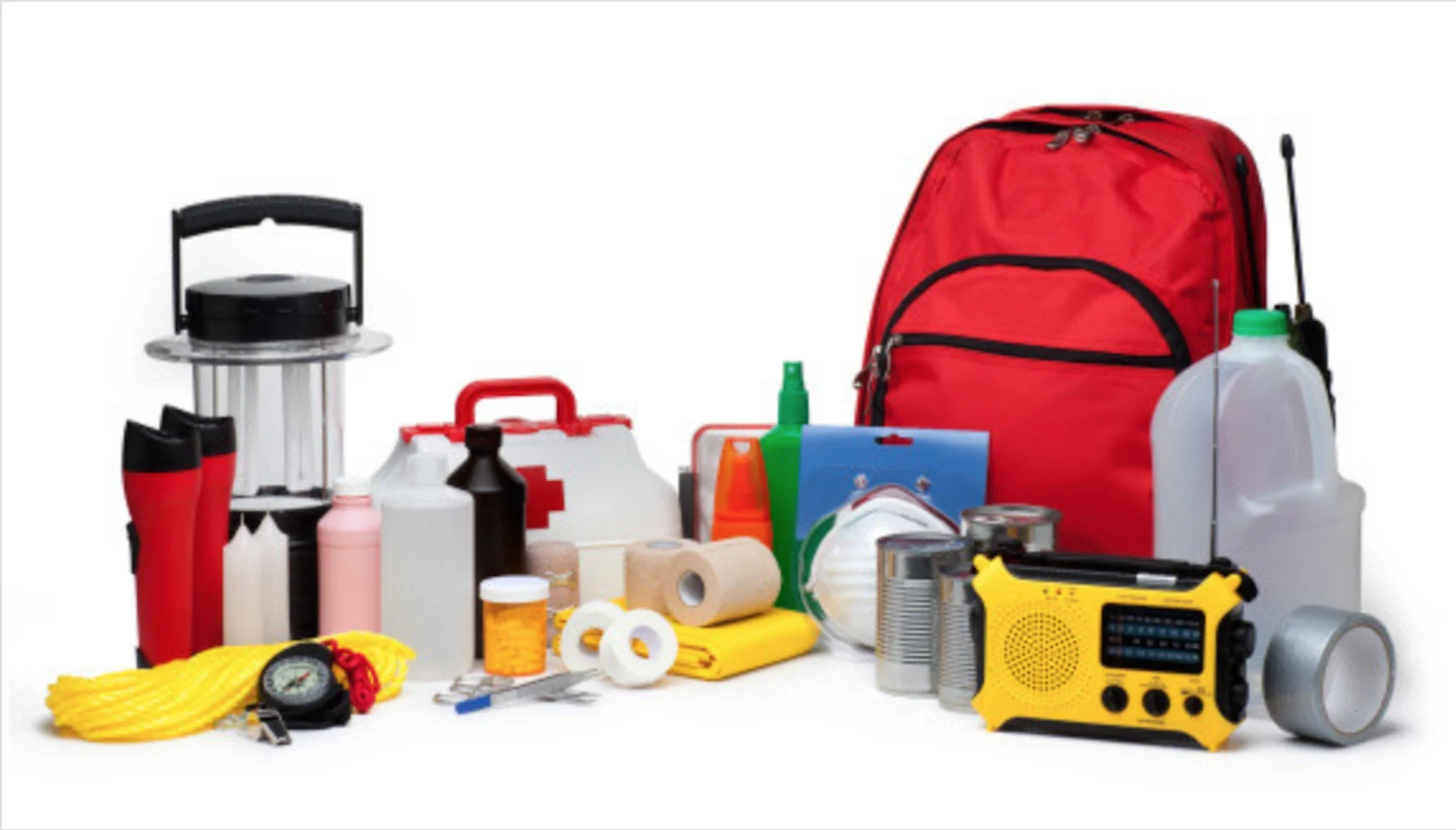
Emergency kit. (Getty Images)
Update kits and plans twice a year
Plans and kits should be updated twice a year including around daylight time, she said, so people can check and/or change the batteries in their smoke and carbon dioxide detectors, as well as the contents of their kits.
“Things may be expiring, like food products or any water that may go stale,” said Kainth.
“It’s always good to use spring and fall, at those times of the year around Daylight Savings Time, to give yourself that reminder to check the contents of your kit.”
There are numerous factors to consider when preparing an emergency kit and it is something that is “uniquely customized” to meet the needs of your family, Kainth explained.
“Do you have children? Do you have babies in your home? Do you have elderly people? Do you have anyone with special needs who require extra items?” She asked.
Essential kit items
But the essential things you need to have in your kit are non-perishable items such as food and water.
The latter is perhaps the “most important thing” you should have, the OFMEM official said.
Clothing is also required because you may want to change from summer to fall gear or vice versa.
“Think of all the things you need to have that are important that you would need if you were to evacuate your home. What kind of things would you take?” said Kainth.
When it comes to building a kit, sometimes people overlook certain items that can be beneficial.
For example, copies of important documents such as those related to insurance and identification for your family and pets should be kept in them.
Since most people have cellphones and they store digital versions of their personal documents on them, Kainth said it is critical to keep a portable battery charger (at full power) in their kits.
“At some point you might be somewhere where your power might be down, so it’s important to have the paper documents on you at all times,” she said.
Keep enough supplies for the next 72 hours after emergency
Kainth noted the Office of the Fire Marshal and Emergency Management Ontario has a comprehensive list of what to include in your kit.
At minimum, supplies should be enough to get through the next 72 hours following an emergency, since it may take that long for first responders to reach you.
“When you have something like water, what we advocate to have is four litres per person, per day. That is for drinking purposes, for hygienic purposes. So you need to have that much water,” said Kainth.
While it’s recommended a kit(s) should be stored at a place you visit frequently, whether it’s your home, vehicle or cottage, it’s all about personal preferences, Kainth said.
The key is to have at least one with all of the basic essentials and place it somewhere accessible.
“It’s always better to be more prepared than less prepared. That is something we advocate and encourage – to have a kit and that it is personalized to their needs,” said Kainth.
What should an emergency plan consist of?
Chief component to creating a solid emergency plan is to ensure there is a meeting area near your home and outside your neighbourhood.
Another item to add is the contact information of one or two people who live out of town. This way you can connect with them should your family get separated during the emergency.
"Those contacts will be the central [hub] that knows the family is intact, [they're] passing information along and that person has been in touch with [them]," said Kainth.
Plans, which should be kept in a secure spot, can also include names of safe locations when evacuations are recommended or are made mandatory.
"Having a plan is one thing, but discussing it is a whole other thing. You really need to discuss your plan with other family members and friends so they know what they would do in an emergency," said Kainth.







